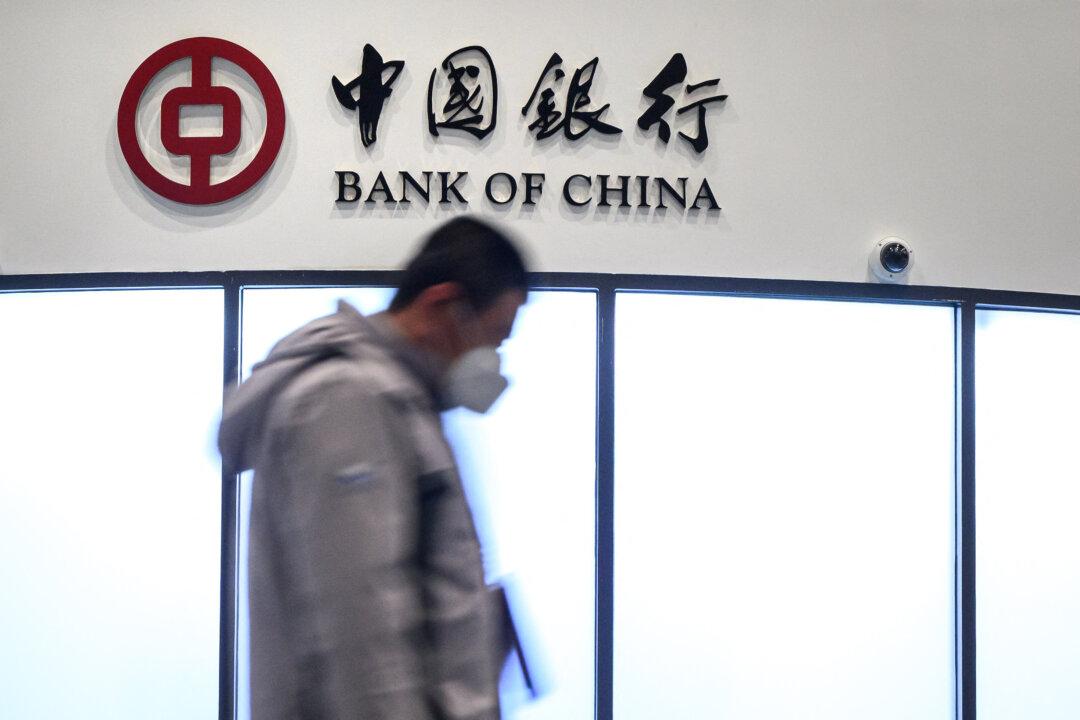China is the world’s largest and fastest-growing market for mobile payments, and its most popular service is planning to parlay its success abroad.
Alipay, China’s biggest mobile payment service, unveiled several new partnerships to accept payments in the U.S. last week. Alipay is a service of Ant Financial Services, a spin-off of Chinese internet giant Alibaba.com.
Its foray into the United States commenced with deals struck with Verifone Holdings and credit card processor First Data Corp. Alipay has aggressively expanded into foreign markets in recent months, signing up local merchants in the U.K., Germany, Thailand, and Australia.
Western media has explained the move as a desire to service China’s 150 million tourists who travel abroad each year. Alipay looks to join the ranks of Visa, MasterCard, and China UnionPay as their preferred payment methods.
But the company’s ambitions clearly extend beyond Chinese tourists. “We are targeting 2 billion users in the next 10 years,” Alipay’s international president Sabrina Peng recently told Reuters. The company expects 60 percent of its transactions to come from outside of China by then, and that kind of volume can only be achieved by mainstream global adoption.
China’s Mobile Wallet
Last year, China overtook the United States as the world’s largest mobile payments market by total value spent.
China has around 200 million people using their smartphones as wallets, according to eMarketer estimates. That’s an almost 40 percent adoption ratio of mobile payment users to total smartphone users. Together, more than $1 trillion worth of mobile transactions were made in 2015 on mobile, according to iResearch data.
Alipay, with 450 million accounts, is the largest mobile payment platform in China with a 68 percent market share. Together with WeChat Pay (Tenpay), operated by rival Tencent Holdings, the two platforms have an 89 percent market share. The most recent entrant into the Chinese market is Apple Inc.’s Apple Pay, which recently signed a deal with China UnionPay in hopes of a quick market capture.
Payment via mobile is fairly straightforward. After pushing a “pay” button in the Alipay or WeChat app, the app generates a QR code which can be scanned by merchants and keeps a copy of the digital receipt. NFC (near field communication) compatible hardware also allows making payments without opening the app.
Mobile payments—and the broader internet banking market—has always been a two-horse race between Alibaba and Tencent, which operates WeChat, China’s biggest social-networking and instant messaging app.
Two years ago, Alibaba and Tencent were locked in bitter competition on multiple fronts, including internet banking, mobile payments, and even taxi services. Their competition in mobile banking intensified during the 2015 lunar new year period when both services used “red envelop” cash promotions and other subsidies to attract new users.
Since mid-2015, Tencent has scaled back its competition with Alibaba after a few minor setbacks. The Tencent-backed taxi service Didi was acquired by Alibaba-backed taxi service Kuaidi to form Didi Kuaidi. The company is known today as Didi Chuxing, the largest ride-sharing company in China which recently agreed to acquire Uber’s China business.
Tencent’s online bank—WeBank—also got off to a slower start compared to Alibaba affiliate Ant Financial in loan origination activity. Ant is also better funded; its Series B funding round earlier this year pegged the company at a $60 billion valuation, making it one of the most valuable startups in the world. Alipay and Ant’s recent wins drove Tencent’s decision earlier this year to eliminate fee subsidies when customers transfer cash from their bank to WeChat, in an effort to stem losses. The action further ceded market share to Alipay.
No Quick Global Adoption
Alipay will face stiff challenges it never encountered in China.
The biggest concern for Alipay is fragmentation of global payment infrastructure. Developed markets in the United States and Europe have entrenched ways of securely making purchases online, something China lacks.
The World Bank estimated that only 16 percent of Chinese consumers have a credit card. Many smaller businesses, especially those outside the more advanced cities, do not accept credit or debit cards.
This made the transition from cash to cashless payments a far more open competition, one which mobile payment services have captured handily due to the penetration of smartphone usage in China. In other words, Chinese consumers were happy to sign up for mobile payments due to a lack of reliable alternatives.






